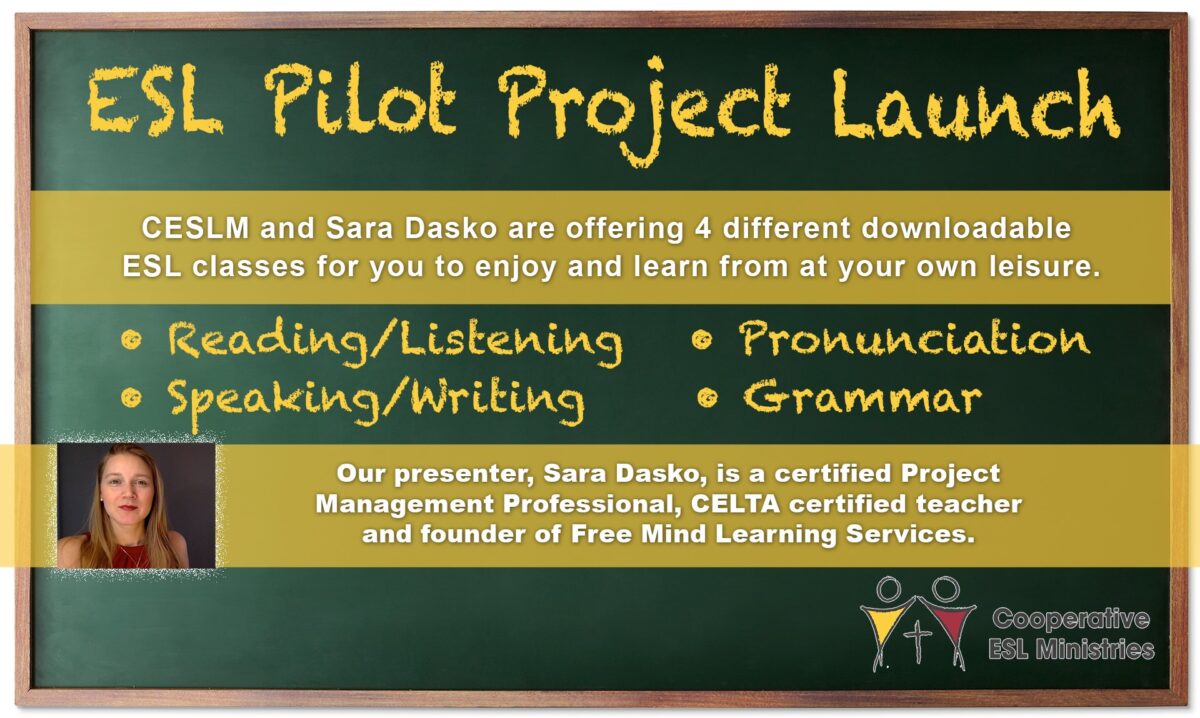“Full sentences, please.”
Have you ever been in a language class where the teacher reminded students to speak in full sentences? Have you ever thought about how odd that request actually is? I recently went to a workshop for English as a Second Language teachers where the presenter, Jane Willis, reminded us that spontaneous speech is very unlike written texts. Even within spoken speech there are differences that we appreciate when we take a good look at what people actually say vs what we think they say when they speak.
Try this: ask a friend to answer a question and record his/her answer. Try a question that will provide some detail such as “Tell me about a time when you were afraid” or “what is your earliest memory?” When you are done recording them, transcribe what they said. You will notice how often people um and ah (called filler phrases), how often they pause and how often they stop in mid-sentence and go a different direction. Spoken speech is far from full sentences for the most part.
You will also notice something else that will be of interest to your students. We linguists call them discourse markers – that is, words that alert the listener to what is coming next. Some example, are “well. . .”. “as I was saying” or “isn’t it?”.
If you take your example of transcribed spoken speech to the ESL classroom, you can display for the students what it looks like and can draw attention to those aspects of spoken speech that they may wish to incorporate into their speech, or at the very least, understand when they are used. Speakers of different languages fill pauses differently. Even the British say “er” or “erm” where we might say “um” or “uh”. As well, Canadian English speakers use certain discourse markers that other don’t. For example, our “eh?” or in Calgary “hey?” at the end of the sentence to confirm the listener is listening isn’t used elsewhere. Your students will be interested to know that this seemingly meaningless words serve important purposes.
As a mentioned earlier, even within spoken speech there are differences. Dr. Willis pointed out that some spoken speech is more rehearsed than others, such as answers at a job interview. Some is intended to be for getting something done (instrumental), while other speech is more informative. Think of a boss yelling orders in quick succession vs a teacher giving careful explanations to a class. Some speech varies based on whether the people involved know what each other is talking about or whether the information is new to one person. In that case, think of the difference between giving someone directions to a place they have never been vs reminding a family member about directions to somewhere they have been too, but are not quite sure they remember the way. If you are not convinced that these are different scenarios, try them out with a friend and again record and transcribe.
There is a purpose to encouraging more speech from students by suggesting that they speak in full sentences, but it is important to acknowledge that people don’t really speak that way for the most part. Even more importantly, bringing this up as a task in the ESL classroom provides a jumping off point for our students to make sense of what they hear around them.

Dr. Roswita Dressler, Ph.D

